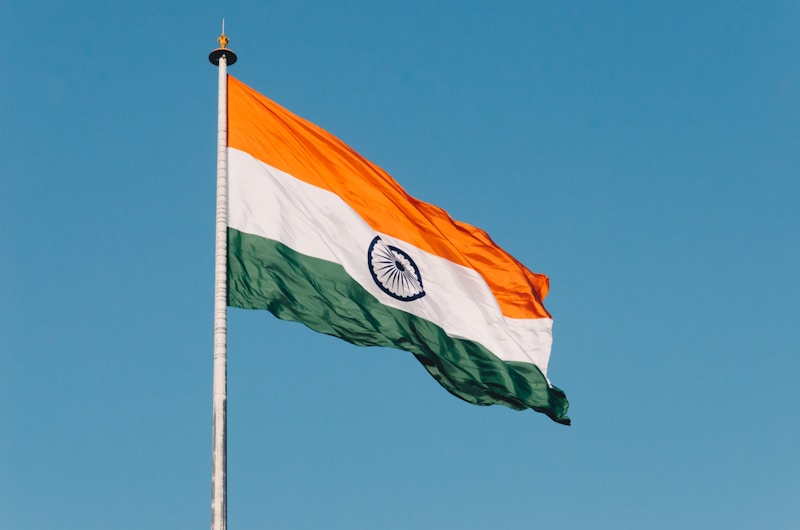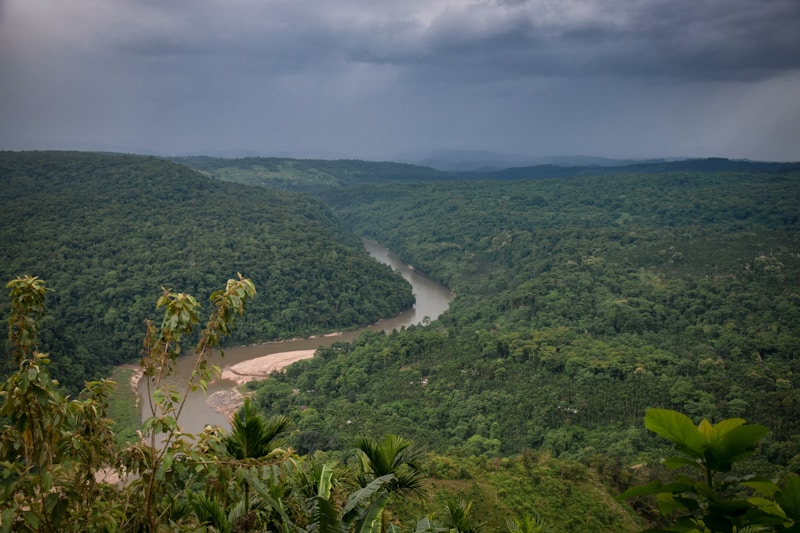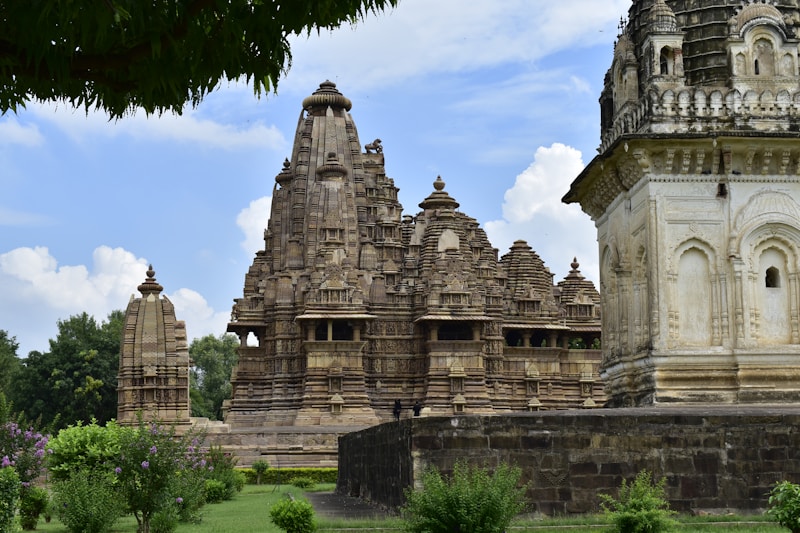10 Questions
Which geographical feature borders India to the south?
Sri Lanka
What type of climate does northern India typically experience?
Subtropical
How many federal states make up India?
28
Where are the lush forests of the Western Ghats located?
Southern India
What are some of the natural resources found in India?
Coal, iron ore, mica
What are some of the environmental challenges faced by India?
Air pollution, water pollution, soil erosion
Which major geographical initiatives has the Indian government undertaken?
Integrated National Geophysical Mapping Programme
Which of the following is not a UNESCO World Heritage Site in India?
Golden Temple in Amritsar
Why is India considered a maritime power?
Indian Ocean being a major global trade route
Which district is known for the architectural landmark Charminar?
Hyderabad
Study Notes
Exploring Geography: A Comprehensive Study of India's Map and Landscape
India, a diverse nation teeming with culture, history, and rich geographical features, is a fascinating study for geographers and travel enthusiasts alike. From the majestic Himalayas in the north to the sun-kissed beaches of the Indian Ocean, India's vast expanse presents a multitude of natural wonders and human settlements that have shaped its unique identity over centuries.
Size and Location
India is the seventh-largest country in the world by land area, covering over 3.2 million square kilometers. It is located in South Asia, bordered by Pakistan to the west, China and Nepal to the north, Bhutan and Bangladesh to the east, and Sri Lanka and the Indian Ocean to the south. India's terrain is highly varied, ranging from the soaring peaks of the Himalayas to the parched deserts of Rajasthan and the lush forests of the Western Ghats.
Climate
The Indian climate is influenced by the Himalayas, the Thar Desert, and the Western Ghats, creating distinct regional climates. Northern India enjoys a temperate climate, characterized by hot summers and cold winters. Central India experiences a subtropical climate, marked by hot summers and mild winters. The southern and eastern regions are tropical, with hot, humid summers and mild, dry winters.
Geographic Divisions
India is divided into seven federal states, known as Union Territories, which are further divided into 28 states. The states are further subdivided into districts and administrative divisions. The Indian government's major geographical initiatives include the Integrated National Geophysical Mapping Programme and the Digital India Land Records Modernisation Programme.
Natural Resources
India boasts an abundance of natural resources, including coal, iron ore, mica, bauxite, and limestone. The nation's vast agricultural sector produces a wide variety of crops, including rice, wheat, sugarcane, jute, and tea. India's waters are rich in fish, pearls, and natural gas. The country's landscapes provide ideal habitats for numerous species of flora and fauna.
Environmental Challenges
India faces several environmental challenges, including air pollution, water pollution, and soil erosion. The rapid industrialization and urbanization of the country have resulted in increased emissions of greenhouse gases and other pollutants. Water pollution, caused by industrial waste and agricultural runoff, is exacerbated by lax environmental regulation. Unsafe drinking water and sanitation have led to the spread of waterborne diseases.
Cultural Landmarks
India's rich cultural heritage is reflected in its architectural landmarks, such as the Taj Mahal in Agra, the Amber Fort in Jaipur, and the Charminar in Hyderabad. The country is also home to numerous UNESCO World Heritage Sites, including the Qutb Minar and Humayun's Tomb in Delhi, the Sun Temple in Konark, and the Chola Temples in Tamil Nadu.
Geographical Significance and Strategic Importance
India's strategic location at the heart of South Asia has made it a key player in global politics and trade. The country's location at the crossroads of Asia, Europe, and Africa has facilitated the exchange of goods and ideas for centuries. India's extensive coastline has secured its position as a maritime power, with the Indian Ocean being a major global trade route.
In conclusion, India's geography is a marvelous combination of natural beauty and human ingenuity. From the soaring peaks of the Himalayas to the bustling metropolises of Delhi and Mumbai, India's landscapes and cultural heritage offer a wealth of opportunities for study and exploration. As the world's largest democracy, India continues to evolve and adapt to the challenges of the 21st century while preserving its rich cultural heritage.
Explore the diverse geography of India, from the majestic Himalayas to the tropical southern regions, and delve into the country's natural resources, environmental challenges, and cultural landmarks. Learn about India's strategic significance in global politics and trade, as well as its rich history and geographical divisions.
Make Your Own Quizzes and Flashcards
Convert your notes into interactive study material.




